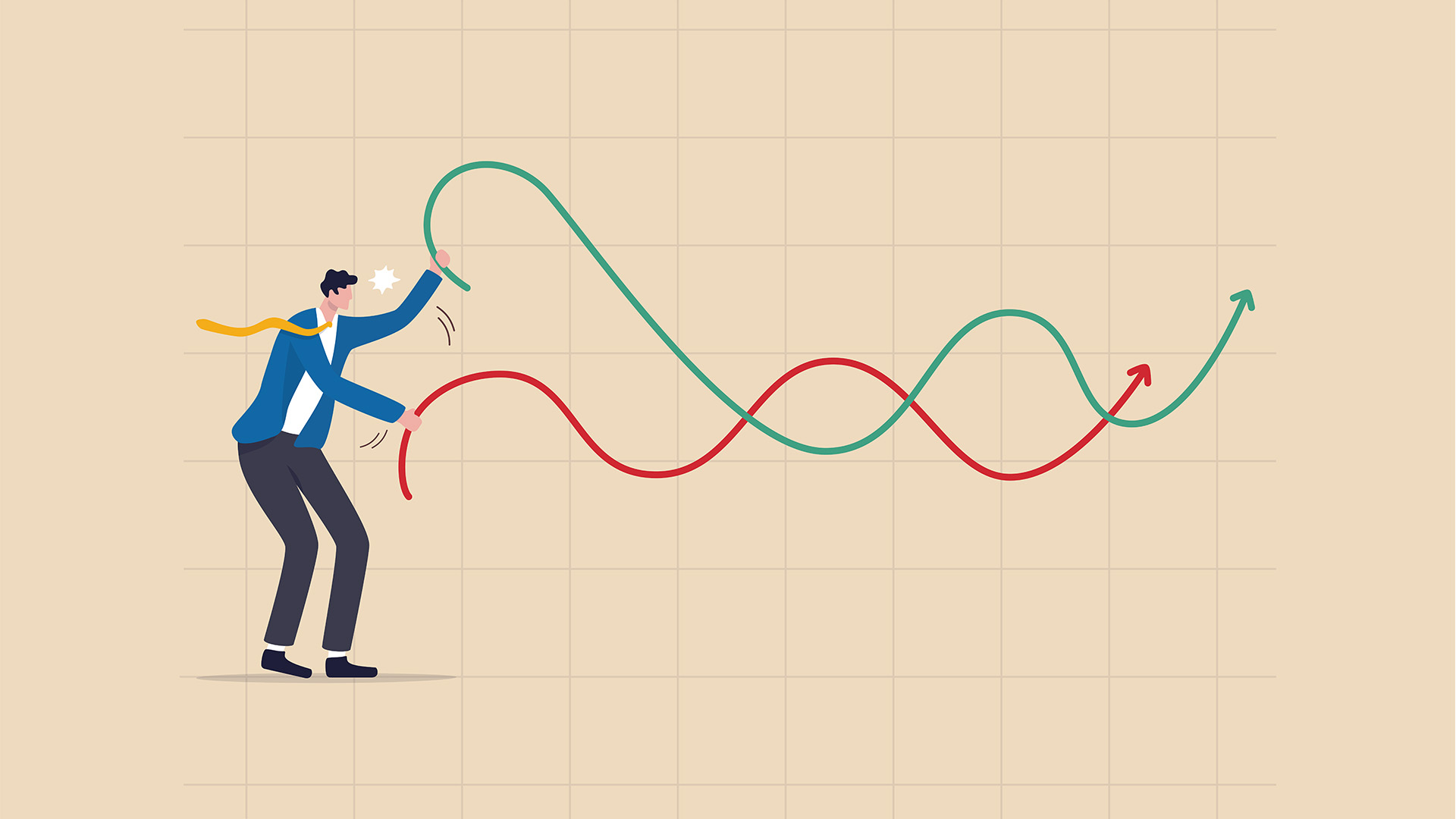The 2021-22 Federal Budget surfaces tomorrow night and from all accounts it is going to look a lot like the delayed 2020-21 document finally handed down last October – with lots of spending and few signs of austerity.
There will be further stimulus measures to boost economic growth and sustain it for as long as possible.
Like the current stance of monetary policy, the fiscal settings in the budget will be aimed at pushing unemployment below 5%, inflation to more than 2% and wages higher – the wages part of the equation looks problematic.
The Reserve Bank laid out its economic forecasts for the coming year in its second monetary policy statement of the year on Friday. They were much more positive than in the first statement in February:
“Forward-looking indicators of labour demand have strengthened further, suggesting momentum in employment growth is likely to be sustained in the near term,” the RBA said in its economic outlook in Friday’s Statement.
“It is also likely that there will be fewer job losses arising from the end of the JobKeeper program than previously expected. Beyond the near term, the stronger profile for activity underpins the upward revision to employment.
“The unemployment rate is expected to continue to decline over the forecast period, to around 4½ per cent by mid 2023. Consistent with this, wages growth and inflation are expected to pick up a little faster compared with the previous Statement.
“By the end of the forecast period in mid 2023, wages growth is expected to be around 2¼ per cent, with inflation just below 2 per cent,” the RBA said in the statement.
The problems with the wages ambition is that the 2.25% forecast for the Wage price Index is no better than what wages growth was at the end of 2018 when the index was running at 2.3%. The new 2023 forecast is a quarter of a per cent higher than in the February statement and the June, 2021 wage price index forecast has been lifted to 1.5% from the previous 1%.
Still that makes boosting wages past the 3% to 3.5% ambition by 2024 hard to see.
But the budget will see the usual fiscal austerity ideas from the coalition government pushed off into the future
According to AMP chief economist Shane Oliver, key elements of the budget (some of which have already been announced) are likely to include:
- An upgrade to GDP growth forecasts to 4.75% for the next financial year with unemployment expected to fall to 4.75% by June next year;
- Extra spending on aged care, childcare, disability and mental health, targeted industry support, climate, infrastructure and skills;
- Measures to help boost women’s’ economic security including changes to help women bolster their superannuation balances and the home guarantee scheme announced at the weekend;
- An extension of the Low and Middle Income Tax Offset (LMITO) to cover the next financial year;
- Spending and tax breaks to support the digital economy;
- Some possible tax reforms and deregulation;
- A possible lifting of the home price caps for the First Home Loan Deposit Scheme; and
- Much lower budget deficits of $155bn this financial year and $65bn next financial year. The faster than expected economic recovery which means lower than expected welfare spending and increased revenue along with the higher iron ore price means that the starting point for the budget deficit is now much lower.
“However, we are assuming that more conservative Government forecasts, around $15bn in extra stimulus for the next financial year and a desire to leave some scope for surprise in the bag will see deficits of $155bn and $65bn reported on Budget night for this financial year and next,’ Dr Oliver wrote in his weekly note at the weekend.
…………
Data releases this week include: retail sales today for March and the March quarter. The final report is forecast to confirm the preliminary estimate of a 1.4% gain in March, with real retail sales down 0.4% in the quarter.
Weekly payrolls data will also be released on Tuesday and overseas arrivals and departures data for March will also be issued.
…………
The March quarter earnings season in Australia continues this week with finals from Ausnet, CSR and Xero and interims from Orica and Pendal.
…………
Elsewhere in the world there’s Consumer and producer price inflation updates for April will be released from the US and China, alongside retail sales and industrial output for the former.
First quarter GDP reports releases continue with first quarter releases from the UK, Malaysia, and the Philippines, as well as eurozone factory production numbers.
A quiet policy week can be seen ahead, with the only central bank meeting in the Philippines.
Besides the CPI and Producer price reports this week, the US also sees data on industrial production, retail sales, Job openings and small business optimism are also due out.
There is also the dying embers of the solid March 30 quarterly results season – Disney is the major US company to report this week.
Chinese CPI inflation for April (Tuesday) is expected to show a further rise to 1% year on year and producer price inflation is expected to lift to 6.5%yoy.
Money supply and credit data will also be released.












